Pepper variety Bulgarian
Today we will focus on the Bulgarian sweet pepper variety. Why? - You ask - it does not differ in shape from most varieties offered in stores. And I will answer - because he won the respect of many gardeners for a huge harvest, large beautiful fruits, juicy and without bitterness, for their early amicable ripening and good preservation after harvest. I think this is enough, and if not, then the decisive argument is that this variety is not afraid of diseases - fusarium and tobacco mosaic. Also, the fruits are not subject to rotting.

Description of the Bulgarian variety
This is an early ripe variety, 110-120 days pass from planting to the appearance of ripe fruits. The plant is large, up to 80 cm, abundantly leafy. Fruits are large, conical, shiny. The average weight reaches 180 g. In technical ripeness, the peppers are green with a whitish tint, in biological ripeness they are dark red with a dark barrel. The taste of the fruit is sweet, not cloying, there is no pungency and bitterness. They can be used both fresh and sealed, stored for a long time without losing their presentation, are not afraid of long transportation. The plant is genetically resistant to many diseases.
Growing
Seeds of the Bulgarian variety have a high germination rate - up to 85%. They usually germinate together at 12-16 days. In order to germinate seeds, they must be soaked for 10-20 minutes in a dressing agent (potassium permanganate or phytosporin), then left for several days in a damp cloth. Then you can plant the seeds in containers with prepared soil (equal parts of sand, peat and ordinary earth), after planting they need to be covered with a film. When the peppers have more than three true leaves, the seedlings dive into separate containers and move to a well-lit place with a temperature of more than 20 degrees. At this temperature, the sprouts quickly gain green mass. Seedlings must be fed once with a 1% superphosphate solution. In May, the peppers are moved to a greenhouse. Plants are planted in open ground only when the ground warms up to 12 degrees. Planting density - 4-5 plants per square meter.
Pepper dressing
During the growing season of plants, it is necessary to carry out at least three additional feeding.
- A few weeks after the peppers are transplanted to a permanent place of growth, they are fed with a solution of 2 tablespoons of superphosphate per 10 liters of water.
- When the first flowers appear, they make such a top dressing - 2 tablespoons of superphosphate per 10 liters of water + 1 spoon of any potassium salts and a spoon of urea.
- The last feeding is carried out during the beginning of fruit ripening - 1 tablespoon of superphosphate and 1 tablespoon of potassium salts.
Also, do not forget about foliar feeding with microelements once a month.
Harvesting and storage
Usually fruits 13-15 cm long are harvested, fully ripe and starting to blush. For long-term storage, peppers of technical ripeness are collected and placed in a cool, dark place. In the sun, green fruits ripen quickly. Ripe peppers are used immediately or placed in a storage area, where they do not lose their marketable appearance for more than a month.
Having tried to grow Bulgarian pepper at least once, you will leave it in your garden for a long time.

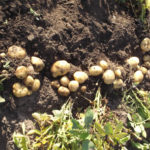
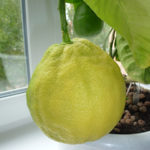
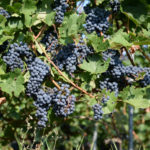
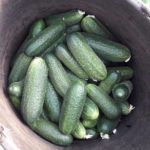
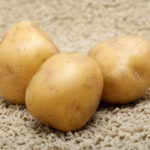



I grew a Bulgarian - I tried it from a friend, found out the name and bought seeds, as I really liked the appearance and taste of the fruits. I also liked growing peppers - the seeds sprout well, the seedlings grow together, quickly turning into stocky bushes, the seedlings develop very well in the open field, the bushes grow large (70-80 cm), there are many flowers and ovaries, the peppers are large, beautiful, lie for a long time, not losing, but on the contrary adding to the taste. The pepper is good in everything, but it just did not justify the variety of the statement of its manufacturers - it suffers from both fusarium and apical rot, like other varieties of pepper, it is a pity, otherwise it would be ideal.
I am familiar with this variety, I have even collected my own seeds that year, and planted this one. Almost all sprouted in 12 days, I did not soak them, but immediately planted them in the ground. Now they have already been planted in the open ground at the dacha. It’s the end of May, but the peppers have already begun to bloom. In that year, I noticed that the blooming tops of the Bulgarian did not need to be broken off in order to increase the main harvest. The resulting new fruits have enough time to almost completely ripen, and if they do not ripen, then they are ripened without problems. The fruits are sweet to taste, there is a peppery smell, the walls are thick. Most of the harvest was eaten fresh.